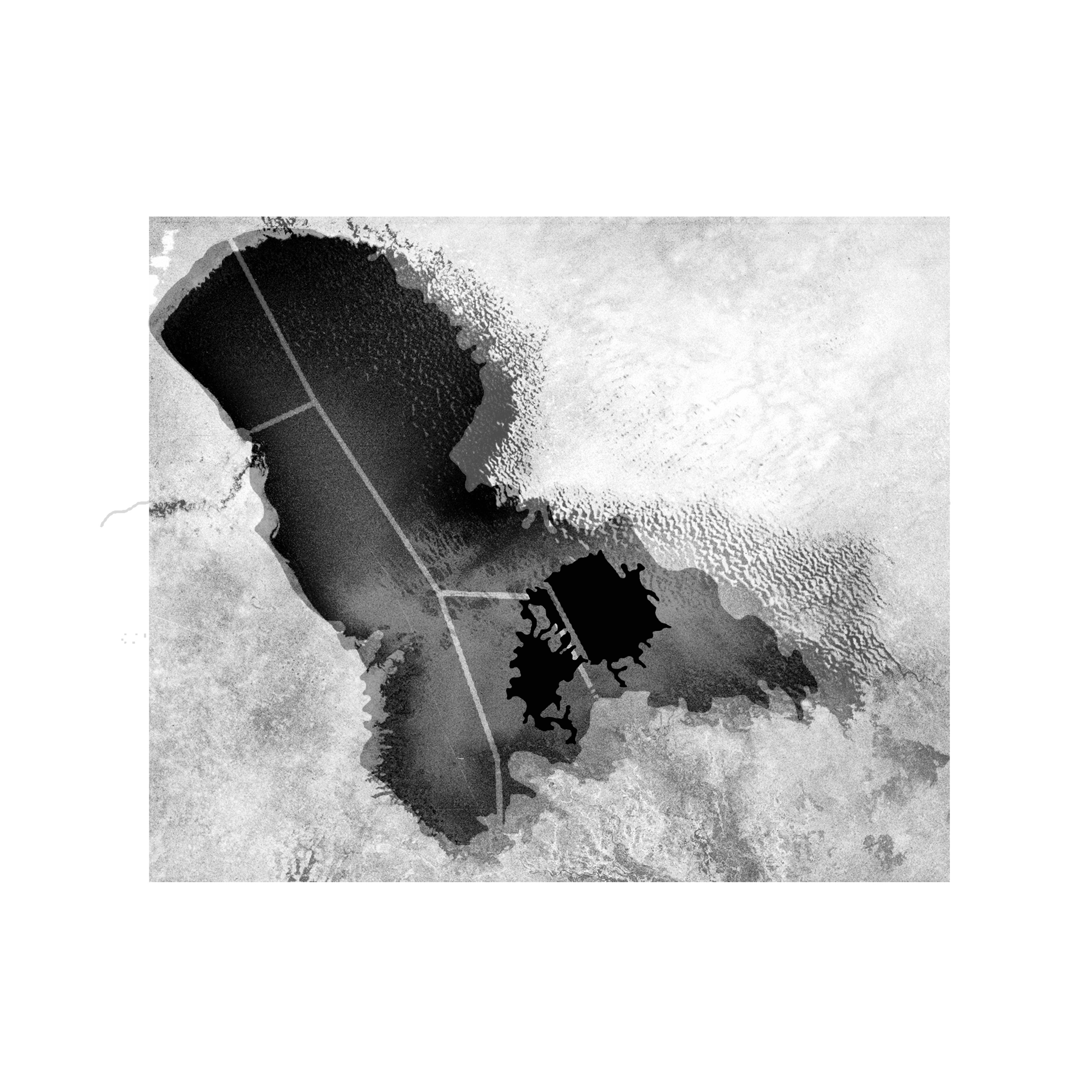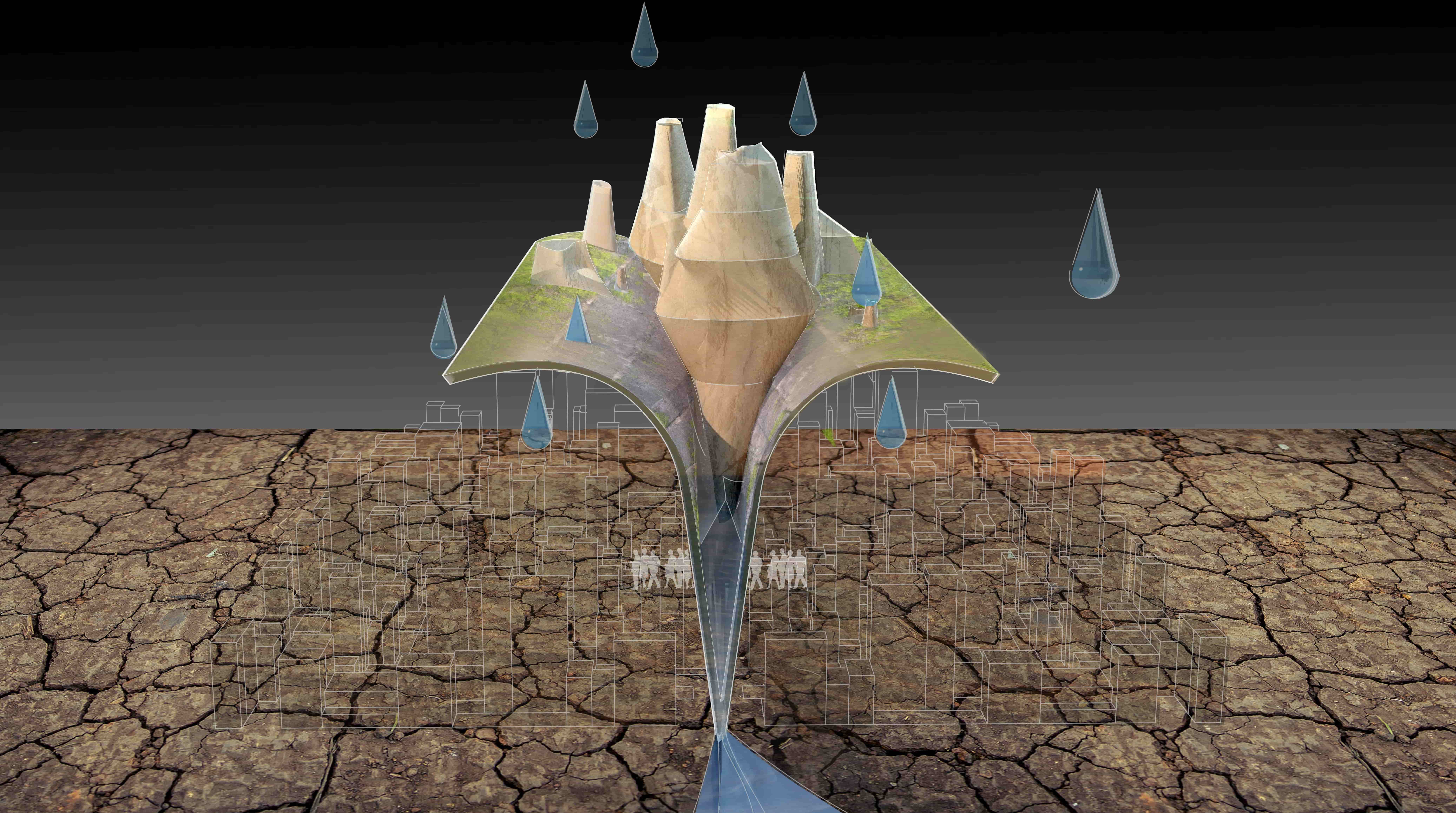A border is classified as successful or unsuccessful depending not so much on its intention but on its effect. Could a border bring peace; could the absence of a border bring conflict? Lake Chad bordered four countries: Chad, Niger, Nigeria, and Cameroon. Since 1963, Lake Chad has lost 90 percent of its water mass, the lake now borders only Chad and Cameroon.
The millions of people that relied on this lake as a water resource are now attempting to adapt by either moving or finding another source of food. Those that choose to remain along this vanishing lake deal with conflicts: “Nigerians claim to be the first settlers in the village, while Cameroonians invoke nationalistic sentiments, since the village is within Cameroonian territory.” And while the root of the problem stems from the lack of water, it has come down to the absence of the border: who does the remaining water really belong to?
In this case, I deduce that the natural border that pre-existed was successful. Though landscapes, by nature, offer some ambiguity, there is still a level of definition in its form. Without being aggressive in tone or intention, it peacefully separates two entities- providing for both sides. Moving forward in my border studies and design, I look to examples like this one where a threshold is defined and ambiguous, dividing and kind.

